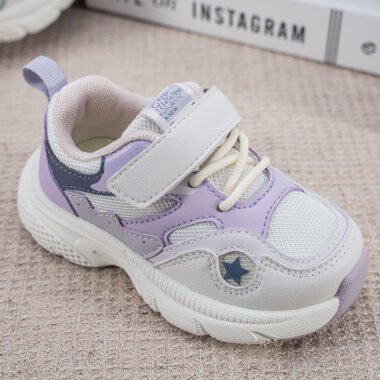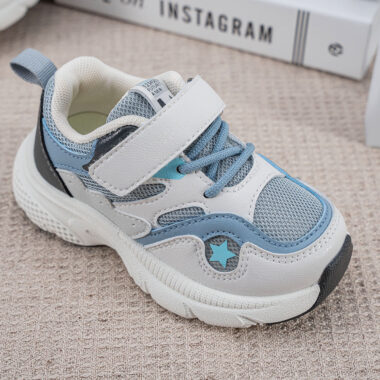Safety & Fit Essentials for Kids’ Sneakers: Lasts, Toebox, and CPSIA
Introduction: Why Kids’ Footwear Needs Extra Care
Children’s feet are not just smaller versions of adult feet—they are still growing and developing. That makes safety and fit the top priorities when sourcing kids’ sneakers. For B2B buyers, ensuring compliance with CPSIA standards and collaborating with reliable Kids Sneaker Manufacturers is essential to avoid product risks and meet parental expectations.
👣 The Role of Lasts in Kids’ Sneakers
A shoe last determines the overall shape of the sneaker. For children, lasts must account for growth and natural movement:
-
Wider toe area – to prevent crowding and allow natural splay.
-
Sufficient growth room – approximately 10–15mm of extra space.
-
Age-specific lasts – designed differently for toddlers, school-age kids, and teens.
Working with experienced Sneaker Manufacturers ensures that lasts are ergonomically correct and tested for long-term comfort.
🥿 Toebox Design: Comfort Meets Protection
The toebox plays a vital role in safety and fit. Buyers should consider:
-
Rounded shapes – avoiding sharp or narrow designs.
-
Reinforced bumpers – to protect toes during active play.
-
Breathable materials – mesh or knit to reduce overheating.
Professional Kids Sneaker Manufacturers pay special attention to these details, balancing durability with comfort for active children.
📜 CPSIA Compliance: Non-Negotiable for U.S. Imports
The Consumer Product Safety Improvement Act (CPSIA) sets strict rules for children’s footwear sold in the U.S. Compliance includes:
-
Lead content limits – keeping hazardous materials out of linings and trims.
-
Phthalate restrictions – ensuring adhesives and plastics are safe.
-
Mandatory testing & certification – each production lot must be tested before shipment.
By working with certified Sneaker Manufacturers, buyers gain assurance that their products meet global safety regulations, reducing the risk of recalls or penalties.
🧪 Testing Protocols for Kids’ Sneakers
Quality control goes beyond CPSIA. B2B buyers should confirm suppliers conduct:
-
🔹 Flex tests – ensuring shoes bend naturally with a child’s gait.
-
🔹 Abrasion resistance – to withstand playground wear.
-
🔹 Slip resistance – especially important for school and sports use.
Factories aligned with Kids Sneaker Manufacturers routinely carry out these tests to guarantee durability and safety.
🌍 The Business Impact of Proper Fit & Safety
For brands, prioritizing fit and compliance is not just about meeting regulations—it’s about building trust. Benefits include:
-
📈 Higher customer satisfaction – parents value safe, comfortable shoes.
-
✅ Fewer returns – correct sizing reduces fit-related complaints.
-
💼 Brand credibility – safety compliance strengthens reputation in global markets.
Conclusion: Building Safer Sneakers for Growing Feet
Children’s footwear requires more than stylish design—it demands precision, compliance, and thoughtful engineering. By partnering with trusted Kids Sneaker Manufacturers and working alongside global Sneaker Manufacturers, buyers can deliver products that combine safety, comfort, and market readiness.




















